Water flow regulation and incentives for conservation: Coca river - ecuadorian Amazon
Resumen
Conservation and land use policies are key to regulating water in watersheds, influencing water quantity, quality and storage, and mitigating risks such as erosion and flooding. In Ecuador, the Socio Bosque Program (SBP), part of the Good Living Development Plan (2013-2017), focused on conservation without fully considering water benefits. To optimize its implementation, the upper basin of the Coca River, relevant for its hydroelectric potential, was evaluated by analyzing the inclusion of water criteria in the SBP. Four scenarios of land cover and land use change were developed using the Delphi method: Business as Usual (BAU), Strengthening of SPB (SBPS), National Incentive Plan (NIP), and Degradation (DEG). Runoff rates were estimated for each scenario using a land cover and land use model (TerrSet) and a hydrological model (SWAT). The results show that BAU and DEG cause a decrease in lateral and base flow and an increase in surface runoff, while NIP is the only scenario that maintains water regulation. This highlights the need for future incentives to prioritize strategic areas for water regulation in line with watershed management objectives.
Descargas
Citas
Acuerdo Ministerial 131 (2013).
Alpizar, & Bovarnick, A. (2013). Targeted Scenario Analysis: A new approach to capturing and presenting ecosystem services values for decision-making. United Nations Development Programme (UNDP).
Arnold, J. G., Srinivasan, R., Muttiah, R. S., & Williams, J. R. (1998). Large area hydrologic modeling and assessment part I: Model development. Journal of the American Water Resources Association, 34(1), 73–89. https://doi.org/10.1111/j.1752-1688.1998.tb05961.x
Barrera Crespo, P. D., Espinoza Girón, P., Bedoya, R., Gibson, S., East, A. E., Langendoen, E. J., & Boyd, P. (2024). Major fluvial erosion and a 500-Mt sediment pulse triggered by lava-dam failure, Río Coca, Ecuador. Earth Surface Processes and Landforms. https://doi.org/10.1002/esp.5751
Birkel, C., Soulsby, C., & Tetzlaff, D. (2012). Modélisation des effets du changement de couvert végétal sur la dynamique des débits d’un bassin versant amont en forêt tropicale humide. Hydrological Sciences Journal, 57(8), 1543–1561. https://doi.org/10.1080/02626667.2012.728707
Bonnesoeur, V., Locatelli, B., Guariguata, M. R., Ochoa-Tocachi, B. F., Vanacker, V., Mao, Z., Stokes, A., & Mathez-Stiefel, S.-L. (2019). Impacts of forests and forestation on hydrological services in the Andes: A systematic review. Forest Ecology and Management, 433, 569–584. https://doi.org/10.1016/j.foreco.2018.11.033
Brath, A., Montanari, A., & Moretti, G. (2006). Assessing the effect on flood frequency of land use change via hydrological simulation (with uncertainty). Journal of Hydrology, 324(1–4), 141–153. https://doi.org/10.1016/j.jhydrol.2005.10.001
Braulete, G. (2012). Análisis de las posiciones de Ecuador en relación a la iniciativa REED (Reducción de emisiones por deforestación y degradación) después de Copenhague. Universidad Andina Simón Bolívar.
Can, T., Xiaoling, C., Jianzhong, L., Gassman, P., Sabine, S., & José-Miguel, S. P. (2015). Using SWAT model to assess impacts of different land use scenarios on water budget of Fuhe River, China. International Journal of Agricultural and Biological Engineering, 8(3), 1–15.
https://doi.org/10.3965/j.ijabe.20150803.1132
CONELEC. (2013). Plan Maestro de Electrificación 2013-2022.
Congo, C., Velástegui, F., Caicedo, C., Rodríguez, L., Vera, A., & Montero, O. (2018). Dispersed trees and their effect on the productivity of paddocks in the Ecuadorian Amazonia. Granja, 27(1), 64–76. https://doi.org/10.17163/lgr.n27.2018.05
Consulado del Ecuador. (2012, January 31). Presentación Programa Socio Bosque.
Coral, C., Bokelmann, W., Bonatti, M., Carcamo, R., & Sieber, S. (2021). Land Use Policy Understanding institutional change mechanisms for land use: Lessons from Ecuador ’ s history. 108.
Costa, M. H., Botta, A., & Cardille, J. A. (2003). Effects of large-scale changes in land cover on the discharge of the Tocantins River, Southeastern Amazonia. Journal of Hydrology, 283(1–4), 206–217. https://doi.org/10.1016/S0022-1694(03)00267-1
Crooks, S., & Davies, H. (2001). Assessment of land use change in the thames catchment and its effect on the flood regime of the river. Physics and Chemistry of the Earth, Part B: Hydrology, Oceans and Atmosphere, 26(7–8), 583–591. https://doi.org/10.1016/S1464-1909(01)00053-3
De Koning, F., Aguiñaga, M., Bravo, M., Chiu, M., Lascano, M., Lozada, T., & Suarez, L. (2011). Bridging the gap between forest conservation and poverty alleviation: The Ecuadorian Socio Bosque program. Environmental Science and Policy, 14(5), 531–542.
https://doi.org/10.1016/j.envsci.2011.04.007
Eastman, R. (2016). TerrSet Tutorial. Clark University. www.clarklabs.orgclarklabs@clarku.edu
Espinosa, J., & Rivera, D. (2016). Variations in water resources availability at the Ecuadorian páramo due to land-use changes. Environmental Earth Sciences, 75(16). https://doi.org/10.1007/s12665-016-5962-1
Fajardo, D., Naranjo, LG., & Niño, I. (2012). Manejo integral de cuencas hidrográfi cas a través del uso de agroforestería sustentable en la Amazonia colombiana. Corpoamazonia y WWF-Colombia.
Farley, K. A., & Bremer, L. L. (2017). “Water Is Life”: Local Perceptions of Páramo Grasslands and Land Management Strategies Associated with Payment for Ecosystem Services. Annals of the American Association of Geographers, 107(2), 371–381.
https://doi.org/10.1080/24694452.2016.1254020
Fernández, M., & Prados, M. J. (2010). Cambios en las coberturas y usos del suelo en la cuenca del río Guadalfeo (1975-1999). GeoFocus. Revista Internacional de Ciencia y Tecnología de La Información Geográfica, 0(10), 158–184.
Fierro, V. (2017). Propuesta de un Plan Estratégico para la Gestión de los Recursos Hídricos de la Cuenca del Río Coca, Zonas Alta y Media, Basada en el Estudio: Economía de los Ecosistemas y la BIodiversidad (TEEB) [Maestría en Gestión de Recursos Hídricos, Escuela Politécnica Nacional]. file:///C:/Users/Vensa/Downloads/CD-7663-1.pdf
Forero, K., & Mosquera, Jemay. (2014). La cuenca hidrográfica como unidad de planificación sostenible. Revista Ambiental Agua, Aire y Suelo, 5(2), 1–13.
Francesconi, W., Srinivasan, R., Pérez-Miñana, E., Willcock, S. P., & Quintero, M. (2016). Using the Soil and Water Assessment Tool (SWAT) to model ecosystem services: A systematic review. Journal of Hydrology, 535, 625–636. https://doi.org/10.1016/j.jhydrol.2016.01.034
García, Y. (2013). Estrategia para la gestión sostenible del recurso agua. Estudio de caso: Cuenca del río Naranjo provincia las Tunas. Universidad Agraria de La Habana.
Granda, M., & Yánez, P. (2017). Perception Study of Benefits of Socio Bosque Programme in Ecuadorina Amazon Region. La Granja, 26(2), 28–37. https://doi.org/10.17163/lgr.n26.2017.03
Guo, Z., Xiao, X., & Li, D. (2000). An assessment of ecosystem services: Water flow regulation and hydroelectric power production. Ecological Applications, 10(3), 925–936. https://doi.org/10.1890/1051-0761(2000)010[0925:AAOESW]2.0.CO;2
Hansen, M., Islar, M., & Krause, T. (2015). The politics of natural resource enclosure in South Africa and Ecuador. Conservation and Society, 13(3), 287–298. https://doi.org/10.4103/0972-4923.170406
Hofstede, R., Calles, J., López, V., Polanco, P., Torres, F., Ulloa, J., Vásquez, A., & Cerra, M. (2014). Los páramos andinos ¿Qué Sabemos? Estado de conocimiento sobre el impacto del cambio climático en el ecosistema páramo. UICN. www.uicn.org/sur
Horna, L. (2016). Evaluación hidrometeorológica y de sedimentos en la cuenca del río Coca en la zona de influencia del Proyecto Coca Codo Sinclair. Escuela Politécnica Nacional.
Jiménez, S., & Terneus, F. (2019). The water-energy nexus: Analysis of the water flow of the Coca Codo Sinclair Hydroelectric Project. Ingenius, 21, 53–62. https://doi.org/10.17163/ings.n21.2019.05
Li, Z., Liu, W. zhao, Zhang, X. chang, & Zheng, F. li. (2009). Impacts of land use change and climate variability on hydrology in an agricultural catchment on the Loess Plateau of China. Journal of Hydrology, 377(1–2), 35–42. https://doi.org/10.1016/j.jhydrol.2009.08.007
Lin, F., Chen, X., Yao, H., & Lin, F. (2022). SWAT model-based quantification of the impact of land-use change on forest-regulated water flow. CATENA, 211, 105975. https://doi.org/10.1016/j.catena.2021.105975
Logsdon, R. A., & Chaubey, I. (2013). A quantitative approach to evaluating ecosystem services. Ecological Modelling, 257, 57–65. https://doi.org/10.1016/j.ecolmodel.2013.02.009
López, C. (2016). Evaluación hidrológica de la cuenca del río Coca en función del cambio de uso de suelo por medio del modelo SWAT. Escuela Politécnica Nacional.
MAE. (2008). Programa Socio Bosque. http://sociobosque.ambiente.gob.ec/node/755
MAE. (2015). Proyecto de Sostenibilidad Financiera de Áreas Protegidas. MAE. http://areasprotegidas.ambiente.gob.ec/
Mainville, N., Webb, J., Lucotte, M., Davidson, R., Betancourt, O., Cueva, E., & Mergler, D. (2006). Decrease of soil fertility and release of mercury following deforestation in the Andean Amazon, Napo River Valley, Ecuador. Science of The Total Environment, 368(1), 88–98. https://doi.org/10.1016/j.scitotenv.2005.09.064
Manual Operativo Del Proyecto Socio Bosque, Acuerdo Ministerial 115 1 (2014). www.lexis.com.ec
Marhaento, H., Booij, M. J., Rientjes, T. H. M., & Hoekstra, A. Y. (2017). Attribution of changes in the water balance of a tropical catchment to land use change using the SWAT model. Hydrological Processes, 31(11), 2029–2040. https://doi.org/10.1002/hyp.11167
Martínez, A. (2019). La normativa como alternativa para garantizar el derecho humano al agua frente al cambio climático: Regulación de las áreas de protección hídrica en el Ecuador. Revista de Derecho Ambiental, 12, 153–159. https://doi.org/10.5354/0719-4633.2019.54152
Martínez, J., Almansa, C., Casasnovas, V., & Colino, J. (2016). Pooling Expert Opinion on Environmental Discounting: An International Delphi Survey. Conservation and Society, 14(3), 243–253. https://doi.org/10.4103/0972-4923.191162
McAfee, K. (2016). Green economy and carbon markets for conservation and development: A critical view. International Environmental Agreements: Politics, Law and Economics, 16(3), 333–353. https://doi.org/10.1007/s10784-015-9295-4
Mckenzie, E., Rosenthal, A., Bernhardt, J., Girvetz, E., Kovacs, K., Olwero, N., & Toft, J. (2012). Developing Scenarios to Assess Ecosystem Service Tradeoffs: Guidance and Case Studies for InVEST Users.
Mera-Parra, C., Massa-Sánchez, P., Oñate-Valdivieso, F., & Ochoa-Cueva, P. (2022). Territorial Prospective to Sustainability: Strategies for Future Successful of Water Resource Management on Andean Basins. Land, 11(7), 1100. https://doi.org/10.3390/land11071100
MERNNR. (2020). Plan Maestro de Electricidad 2020. Ministerio de Energía y Recursos Naturales No Renovables.
Mittermeier, R., Turner, W., Brooks, T., & Gascon, C. (2011). Biodiversity hotspots: Distribution and protection of conservation priority areas. Springer.
Molina, E. (2008). El Consejo de Gestión de Aguas de la cuenca del Paute Experiencias y lecciones. 13, 40–43.
Moriasi, D., Arnold, J., Van Liew, M., Bingner, R., Harmel, R., & Veith, T. (2007). Model Evaluation Guidelines for Systematic Quantification of Accuracy in Watershed Simulations. ASABE, 50(3), 885–900.
Murgueitio, E. (2009). Incentives for silvopastoral systems in Latin America. Avances En Investigación Agropecuaria, 13(1), 3–20.
Nedkov, S., Campagne, S., Borisova, B., Krpec, P., Prodanova, H., Kokkoris, I. P., Hristova, D., Le Clec’h, S., Santos-Martin, F., Burkhard, B., Bekri, E. S., Stoycheva, V., Bruzón, A. G., & Dimopoulos, P. (2022). Modeling water regulation ecosystem services: A review in the context of ecosystem accounting. Ecosystem Services, 56, 101458.
https://doi.org/10.1016/j.ecoser.2022.101458
Nguyen, T. T., Pham, V. D., & Tenhunen, J. (2013). Linking regional land use and payments for forest hydrological services: A case study of Hoa Binh Reservoir in Vietnam. Land Use Policy, 33, 130–140. https://doi.org/10.1016/j.landusepol.2012.12.015
Núñez, D., Nahuelhual, L., & Oyarzún, C. (2006). Forests and water: The value of native temperate forests in supplying water for human consumption. Ecological Economics, 58(3), 606–616. https://doi.org/10.1016/j.ecolecon.2005.08.010
Oliveira, V. A. de, Mello, C. R. de, Viola, M. R., & Srinivasan, R. (2018). Land-Use Change Impacts On The Hydrology Of The Upper Grande River Basin, Brazil. CERNE, 24(4), 334–343. https://doi.org/10.1590/01047760201824042573
ONU-CEPAL. (2016). Agenda 2030 y los Objetivos de Desarrollo Sostenible: Una oportunidad para América Latina y el Caribe. Publicación de Las Naciones Unidas, Mayo, 50.
https://doi.org/10.1017/CBO9781107415324.004
Ortega, F. (2008). El método Delphi, prospectiva en Ciencias Sociales. Revista EAN, 64, 31–54.
Ortega, S. (2008). Reconocimiento de los Servicios Ambientales: Una Oportunidad para la Gestión de los Recursos Naturales en Colombia. Minambiente, UASPNN, WWF, CI, TNC.
Patiño, S., Hernández, Y., Plata, C., Domínguez, I., Daza, M., Oviedo-Ocaña, R., Buytaert, W., & Ochoa-Tocachi, B. F. (2021). Influence of land use on hydro-physical soil properties of Andean páramos and its effect on streamflow buffering. CATENA, 202, 105227.
https://doi.org/10.1016/j.catena.2021.105227
Pattanayak, S. K., Mercer, D. E., Sills, E., & Yang, J.-C. (2003). Taking stock of agroforestry adoption studies. Agroforestry Systems 57: 173-186. https://www.fs.usda.gov/treesearch/pubs/20297
Perafán, C., & Pabón, M. (2019). Comunidades Sostenibles. Evaluación Sociocultural del Programa Socio Bosque (pp. 1–53). Banco Interamericano de Desarrollo.
Podwojewski, P., Poulenard, J., Zambrana, T., & Hofstede, R. (2002). Overgrazing effects on vegetation cover and properties of volcanic ash soil in the páramo of Llangahua and La Esperanza (Tungurahua, Ecuador). Soil Use and Management, 18(1), 45–55.
https://doi.org/10.1111/j.1475-2743.2002.tb00049.x
Ponette-González, A. G., Brauman, K. A., Marín-Spiotta, E., Farley, K. A., Weathers, K. C., Young, K. R., & Curran, L. M. (2015). Managing water services in tropical regions: From land cover proxies to hydrologic fluxes. Ambio, 44(5), 367–375. https://doi.org/10.1007/s13280-014-0578-8
Ramírez, C. (Ed. ). (2006). Pago por Servicios Ambientales. Buscando Incentivos para promover el uso sostenible de los recursos y generar nuevas dinámicas de desarrollo en las cuencas hidrográficas (pp. 1–4). CONDESAN.
Rodríguez, S. (2021). Cambio global y montañas. Ecosistemas, 30(1), 1–3.
https://doi.org/10.7818/ECOS.2218
Sánchez, D., Merlo, J., Haro, R., Acosta, M., & Bernal, G. (2018). Soils from the Amazonia. In J. Espinosa, J. Moreno, & G. Bernal (Eds.), The Soils of Ecuador (pp. 113–138). Springer International Publishing. https://doi.org/10.1007/978-3-319-25319-0
Sharp, R., Tallis, H., Ricketts, T., Guerry, A., Wood, S., Chaplin-Kramer, R., Nelson, E., Ennaanay, D., Wolny, S., Olwero, N., Vigerstol, K., Pennington, D., Mendoza, G., Aukema, J., Foster, J., Forrest, J., Cameron, D., Arkema, K., Lonsdorf, E., … Douglass, J. (2018). InVEST User’s Guide. The Natural Capital Project, Stanford University, University of Minnesota, The Nature Conservancy, and World Wildlife Fund.
Sotelo, M., Suárez Salazar, J., Álvarez, F., Castro Núñez, A., calderón soto, V., & Arango, J. (2017). Sistemas sostenibles de producción ganadera en el contexto amazónico Sistemas silvopastoriles: ¿una opción viable?
Tamayo, Guido. (2017). Evaluación de los caudales líquidos y de producción de sedimentos estimados con el modelo Soil Water Assessment Tool (SWAT) y su relación con los caudales líquidos y sólidos observados. ESCUELA POLITECNICA NACIONAL.
Torres, M. C., Fierro, V., Páez, S., Plúa, F., Carrera, M., Moscoso, N., Cazco, R., Tamayo, G., Ruiz, M., Narváez, M., López, C., & Espinel, D. (2018). La Economía de los Ecosistemas y la Biodiversidad—Cuenca del Río Coca (Amazonía Ecuatoriana). Estudio Piloto. EPN-PNUMA.
Torres, M. C., Naranjo, E., Fierro, V., & Carchipulla-Morales, D. (2024). Social Technology for the Protection of the Páramo in the Central Andes of Ecuador. Mountain Research and Development, 43(4). https://doi.org/10.1659/mrd.2022.00022
Tortajada, C. (Ed. ). (2016). Revisiting Integrated Water Resources Management (C. Tortajada, Ed.). Routledge.
Vanacker, V., Molina, A., Torres, R., Calderon, E., & Cadilhac, L. (2018). Challenges for research on global change in mainland Ecuador. Neotropical Biodiversity, 4(1), 114–118.
https://doi.org/10.1080/23766808.2018.1491706
Vargas, Y., Nicolalde, J., Calero, A., & VIzuete, O. (2018, July). Fragilidad de los suelos en la Amazonía ecuatoriana y potenciales alternativas agroforestales para el manejo sostenible. CATIE. www.iniap.gob.ec
Velázquez, E., & Sánchez, M. (2021). Sociedad, permacultura y agricultura sustentable. Hacia una educación y cultura ambiental. Universidad Autónoma Chapingo.
Vogl, A. L., Dennedy-Frank, P. J., Wolny, S., Johnson, J. A., Hamel, P., Narain, U., & Vaidya, A. (2016). Managing forest ecosystem services for hydropower production. Environmental Science & Policy, 61, 221–229. https://doi.org/10.1016/j.envsci.2016.04.014
Wang, G., Zhang, C., Liu, J., Wei, J., Xue, H., Li, T., & Wang, G. Q., Zhang, C. C., Liu, J. H., Wei, J. H., Xue, H., & Li, T. J. (2006). Analyses on the variation of vegetation coverage and water/sediment reduction in the rich and coarse sediment area of the Yellow River basin—《Journal of Sediment Research》2006年02期. Journal of Sediment Research, 2, 10–16.
Zhang, H., Wang, B., Liu, D. L., Zhang, M., Leslie, L. M., & Yu, Q. (2020). Using an improved SWAT model to simulate hydrological responses to land use change: A case study of a catchment in tropical Australia. Journal of Hydrology, 585. https://doi.org/10.1016/j.jhydrol.2020.124822
Zhao, J., Zhang, N., Liu, Z., Zhang, Q., & Shang, C. (2024). SWAT model applications: From hydrological processes to ecosystem services. Science of The Total Environment, 931, 172605. https://doi.org/10.1016/j.scitotenv.2024.172605
Zurita, L., & Cotacahi, D. (2019). Comunidades Sostenibles. Análisis Cartográfico y Georreferenciado del Programa Socio Bosque (pp. 1–31). Banco Interamericano de Desarrollo.
Derechos de autor 2024 María Cristina Torres, Vanessa Fierro, Sebastián Paez-Bimos, Efraín Naranjo

Esta obra está bajo licencia internacional Creative Commons Reconocimiento 4.0.


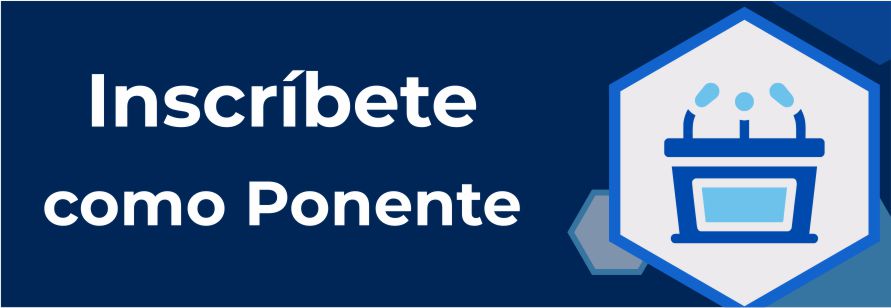
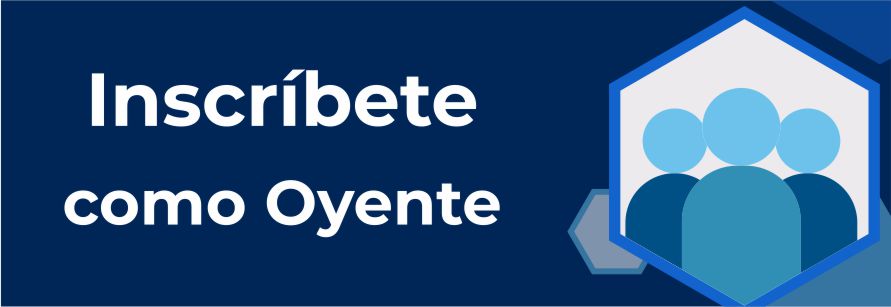

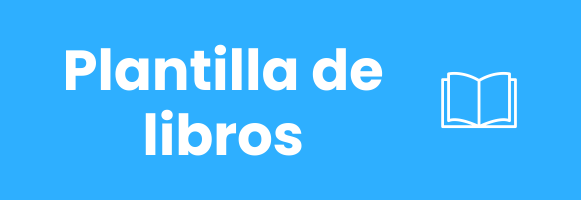
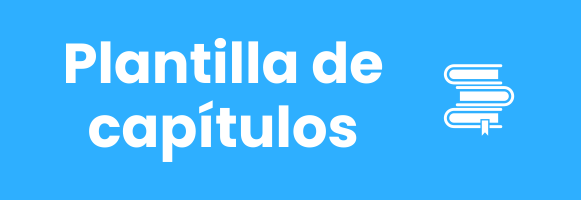
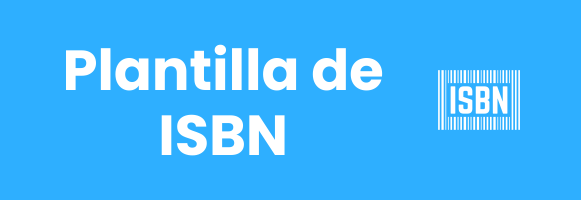
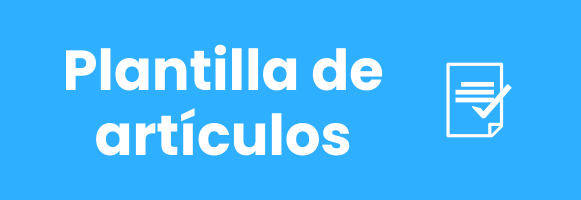




.png)
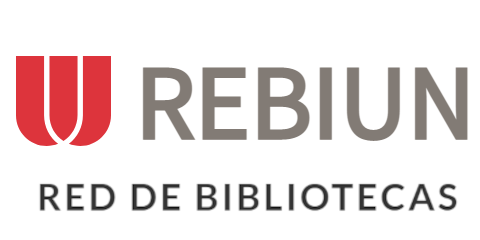









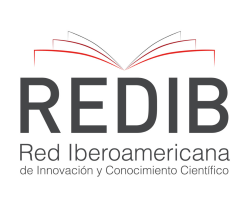


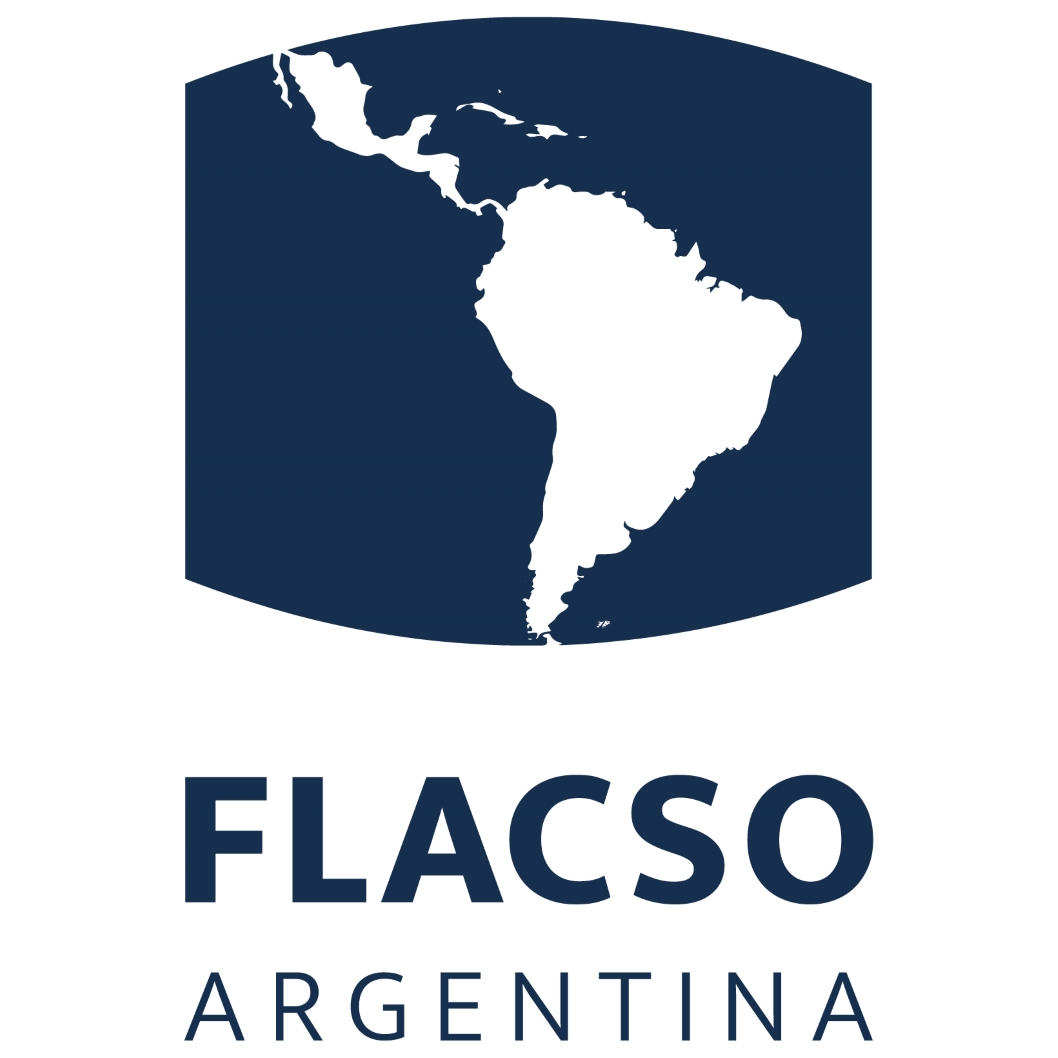






.png)
1.png)


